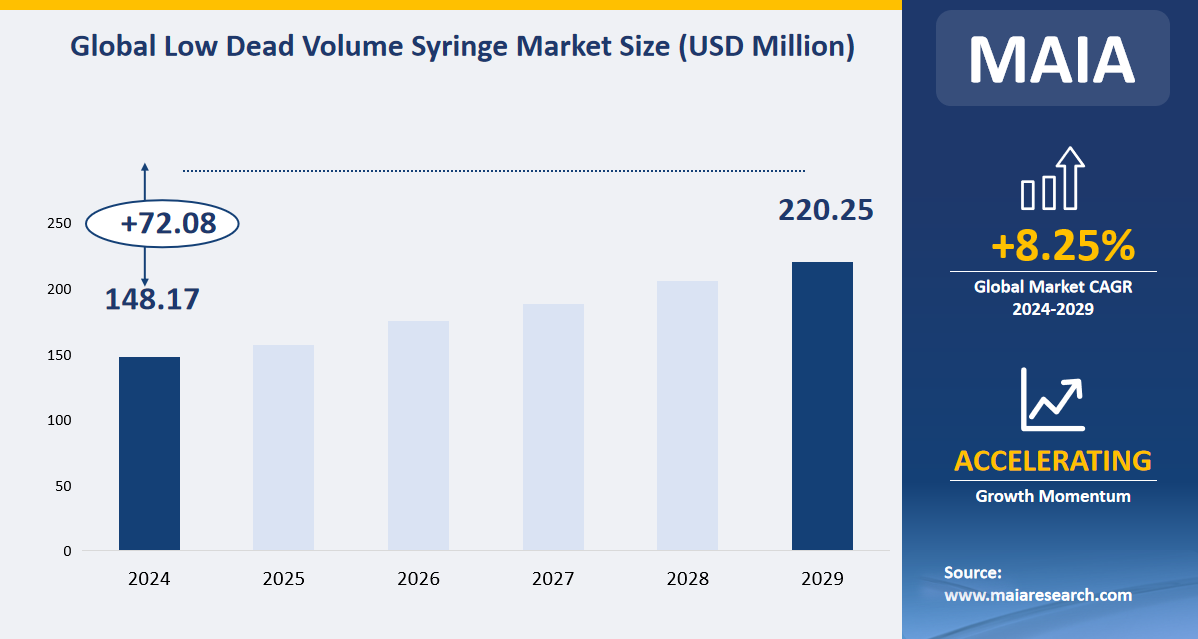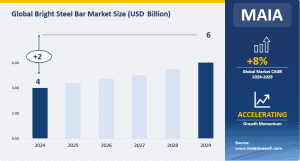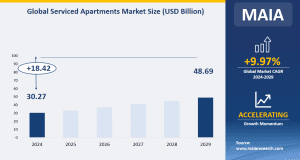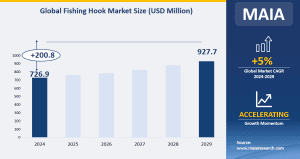The revenue share of the top 5 companies in the low dead volume syringe market is approximately 59.33% in 2023.

Definition
A low dead volume syringe or low dead space syringe is a type of syringe with a design that seeks to limit dead space that exists between the syringe hub and needle. Syringe dead space is the volume of residual fluid that remains within the syringe after the plunger is fully depressed during medication injection. The difference between a “high dead space” or a standard syringe and a “low dead space” syringe is determined by the amount of fluid that remains within the needle and syringe itself. When a patient injects his or her prescribed medications multiple times per week, the amount of “waste” can add up significantly. More medication can be lost when a new needle is attached for injection purposes. The low dead volume syringe has various colors, syringe volumes, needle gauge sizes, and needle length sizes, which could be applied in different clinic-use scenarios. Meanwhile, the device is sterilized with ethylene oxide and without any pyrogen. Therefore, this is a single-use device that should be immediately discarded after use.
Market by Type
Based on type, low dead volume syringes are divided into fixed needle design and detachable needle design, among which the detachable needle design dominates the sales volume, accounting for approximately 62.87% in 2024. Removable needle syringes provide flexibility by allowing for the removal and replacement of needles. These syringes are very beneficial in situations where different sized needles are required to accommodate different patient populations or drug types. Fixed needle designs leave little liquid residue in the syringe after use, maximizing the dose drawn from the vial. Both types of syringes are critical in different clinical situations and their demand is expected to grow.
Market by Application
Based on application, low dead volume syringes are divided into public sector and private sector. A public hospital is an institution that provides specialized care for severe conditions and is a central feature of public healthcare systems. It represents the majority of healthcare expenditure and is responsible for caring for individuals who are unable to care for themselves. Private hospitals have always been popular despite their high prices due to their excellent quality of care. Due to the expenses of the services provided, only the well-off can afford to seek treatment at these facilities. In terms of sales volume, the public sector dominates the market, accounting for about 66.43% in 2024.
Regional Analysis and Insights
North America dominates the low dead volume syringe market, with a revenue share of approximately 42.35% in 2024. It is followed by Europe and Asia Pacific, with revenue shares of 31.68% and 24.52%, respectively. Positive attitude towards healthcare in North America, including extensive vaccination campaigns and favorable government policies, has contributed significantly to the market growth.
Market Trends
‘Efficiency and high return on investment bring bright prospects’
Efficiency and high return on investment is an important factor in running a healthcare enterprise, particularly if it is in the public sector where healthcare relies on the extent of the investment. This factor plays a great part in why the use of low dead space (LDS) syringes is so popular amongst healthcare providers in the rollout of the COVID-19 Vaccine, particularly the Pfizer Inc. Vaccine. The low dead space syringe in the long run results in very high return on investment, and overall huge cost savings. This means that governments can effectively provide more vaccines at the same cost. A simple innovation here will ensure that 20% more people will have access to a vaccine for no extra cost to government, resulting in an enhanced economic recovery rate from such a spend.
‘Possibility of rising acceptability of low dead volume syringe among drug addicts’
According to WHO guidelines for people who inject drugs it is suggested that needle exchange programs provide low dead space syringes for distribution to people who inject drugs due to evidence that the provision of low dead space syringes leads to a reduction in the transmission of HIV, and hepatitis B and C.
Lower-risk needle and syringe combinations seem acceptable to people who inject drugs, but given that a sudden change in equipment can be difficult to adjust to, their gradual introduction seems best, alongside an intervention to educate and support. A gradual change from high dead space needle and syringe combinations to low dead space needles and syringes seems best, supported by training, education, persuasion, and eventual restriction.
Market Concentration Rate
The standard tools of competition economists and competition authorities to measure market concentration are the Herfindahl-Hirschman Index (HHI) and the concentration ratios (CR(n)).
The Herfindahl-Hirschman Index (HHI) is a common measure of market concentration that is used to determine market competitiveness. The Herfindahl-Hirschman Index (HHI) is a commonly accepted measure of market concentration. It is calculated by squaring the market share of each firm competing in a market and then summing the resulting numbers. It can range from close to zero to 10,000.
The concentration ratio is the percentage of market share owned by the largest n firms in an industry, where n is a specified number of firms. In this report, we present the CR5, means the market share of the five largest firms. The top five manufacturers held 59.33% of the market, in terms of low dead volume syringe market revenue in 2023.
Global Low Dead Volume Syringe Manufacturers Market Concentration Ratio (CR5 and HHI) in 2023 | |
Retractable Technologies, Inc. | 18.04% |
B. Braun Medical Inc. | 20.04% |
Poonglim Pharmatech Inc. | 5.82% |
BD | 10.48% |
Vernacare | 4.95% |
CR5 | 59.33% |
HHI | 0.09863 |




